In the year 2023, the Neo-Roman Empire was at the height of its powers. A potentially restive populace was kept in check using a time-honoured technique known as ‘Bread and Circuses’. The ‘Circuses’ part consisted of a remarkable piece of technology in which spectacles could be beamed directly into the homes of the citizenry, filling them with awe, wonder, gratitude and a sense of their insignificance in the sweep of history.
One such spectacle was a docudrama called Colosseum (BBC4), in which no expense was spared to recreate the majesty, power and cruelty of the original Roman Empire, as evinced by that grand precursor to the television: a vast amphitheatre in the Imperial capital, where audiences were encouraged to forget about their quotidian troubles and instead invest their emotional energies in the drama of gladiators fighting to the death.
Eight years in the making, Colosseum was a feat almost unparalleled in the history of popular entertainment. Bolstered by the sort of unimaginably ginormous budget you can only enjoy from international co-productions in which Americans are involved, the series employed state-of-the art graphics to depict an ultra-realistic arena and man-eating hyenas rising up before your very eyes. It also spared no expense to recruit a huge roster of talent from across the world: academics in every hue, gender and age-group from every conceivable US classics department; from Britannica, that most inevitable TV pop historian Bettany Hughes; and from the salons of west London, the charming, erudite, (but not previously known as a go-to Rome expert) Simon Sebag-Montefiore.
Well, I spotted the parallels anyway. Not that I’m complaining. As a general rule, I find sitting down to watch anything made by the BBC about as appetising as being burned at the stake in the midday interval between the wild beasts spectacle and the gladiatorial main event. But this particular series is the kind of thing TV was made for – it’s educational, entertaining and visually enthralling – and I strongly suspect I’ll end up watching all eight lavishly realised episodes.
Had it been done 50 years ago it would have kept the talking heads down to one – Kenneth Clark, probably – and would have been a lot less busy and more erudite. What it would have been missing, though, would have been the CGI leopards biting people’s arms off and recreations of the dread soirée where the nasty emperor Domitian invited the leading figures of his day to stand, trembling, amid black-draped chambers and appreciate just how very much their survival depended on his sadistic whim. Oh, and the extravagant pulley system beneath the Colosseum’s floor which enabled beasts and warriors and palm trees to materialise as if from nowhere, just like in The Hunger Games. The fun stuff, in other words.
But it’s not all mindless gore, lashings of that though there is. Rather ingeniously, the series uses the particularity of the Colosseum to educate us about the generality of Roman imperial history, from Vespasian (who commissioned the building in ad 72 but died before its completion) through to Commodus (aka the baddy emperor from Gladiator). It leaves you in no doubt that when Juvenal talked about panem et circenses, it wasn’t just a throwaway phrase: circus entertainment was a life-or-death issue, not only for the unfortunates fighting for survival in the arena, but for the emperors themselves.
The problem – at least as outlined by those various talking heads, repeated ad nauseam for the slower viewers at the back – is that unlike the earlier rulers such as Julius Caesar or Nero, their successors, such as Vespasian, lacked dynastic legitimacy. Being a mere oiky general (who had made his money trading mules), Vespasian had to impress the mob not by his intrinsic poshness but through cheap (or, rather, very expensive) trickery. The Colosseum was built on the site of Nero’s Golden Palace to demonstrate that ‘The Muleteer’ (as Vespasian was known) had a much better grasp of what the mob wanted than his degenerate predecessors. His life, and the lives of his successors, depended on the quality of the spectacle offered.
At least this is the line pushed by the series, as I suppose it would be given the subject and the budget it has to justify. How accurate it is I cannot be sure, for we live in an age where celebrity and messaging are prized more highly than hard-won historical insight. That stuff about gladiators being known as ‘barley men’ because of their largely grain and vegetable diet: I have heard that before in a dubious documentary called Game Changers. But does the evidence actually support this? Or is it just a niche thesis given undue prominence because it pushes a fashionable agenda?
I was about to say that you’d never have got that veggie propaganda nonsense in the great days of Clark. But then I remembered the thing that Margaret Thatcher found most shocking about Clark’s son, Alan – his squeamishness about meat – and realised that even our golden past wasn’t quite as golden as we remember.
Got something to add? Join the discussion and comment below.
Get 10 issues for just $10
Subscribe to The Spectator Australia today for the next 10 magazine issues, plus full online access, for just $10.
You might disagree with half of it, but you’ll enjoy reading all of it. Try your first month for free, then just $2 a week for the remainder of your first year.


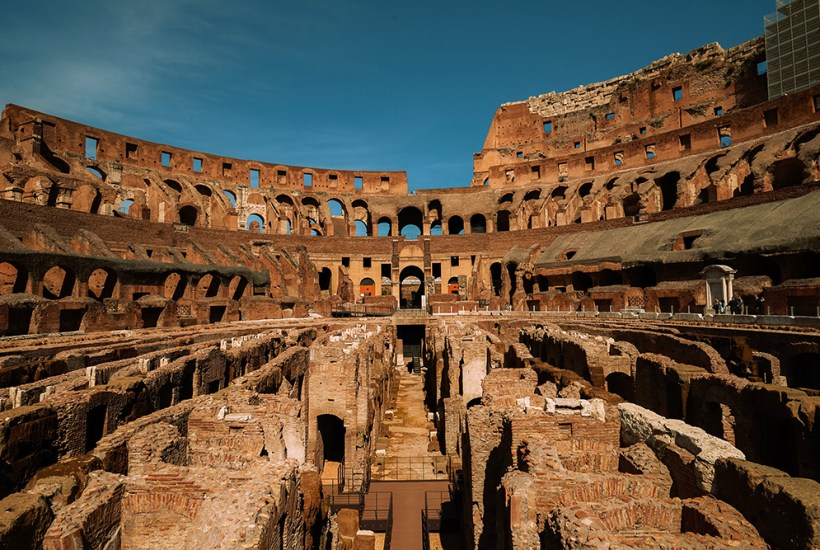
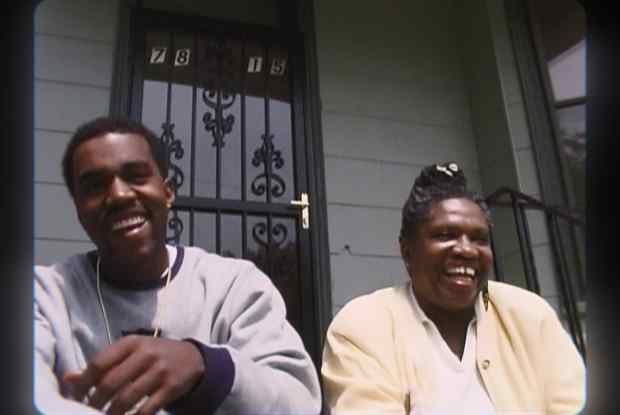
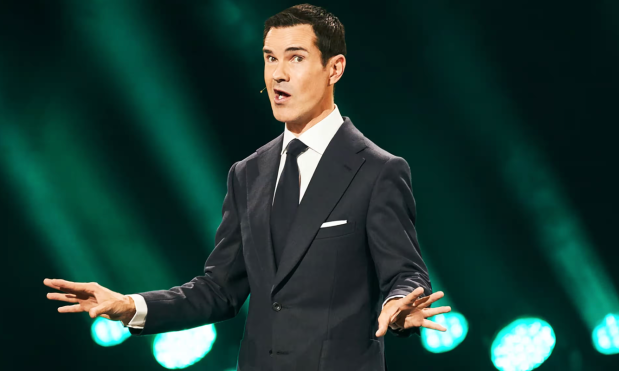
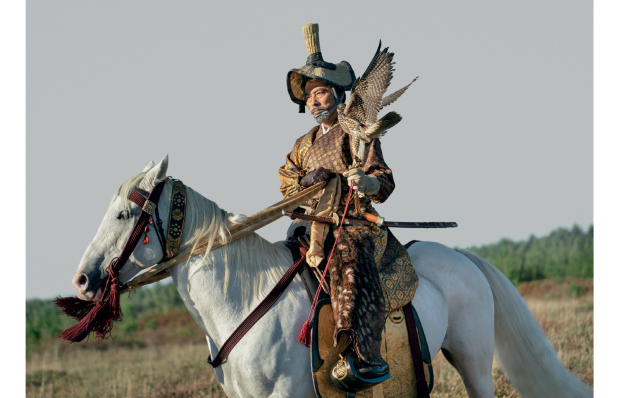
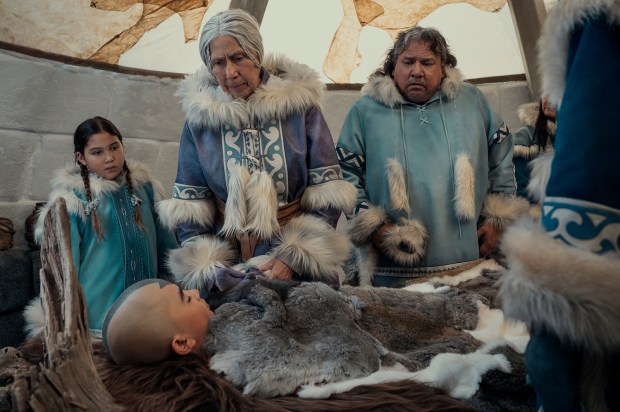
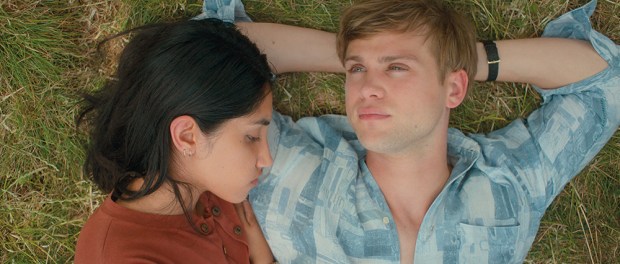







Comments
Don't miss out
Join the conversation with other Spectator Australia readers. Subscribe to leave a comment.
SUBSCRIBEAlready a subscriber? Log in